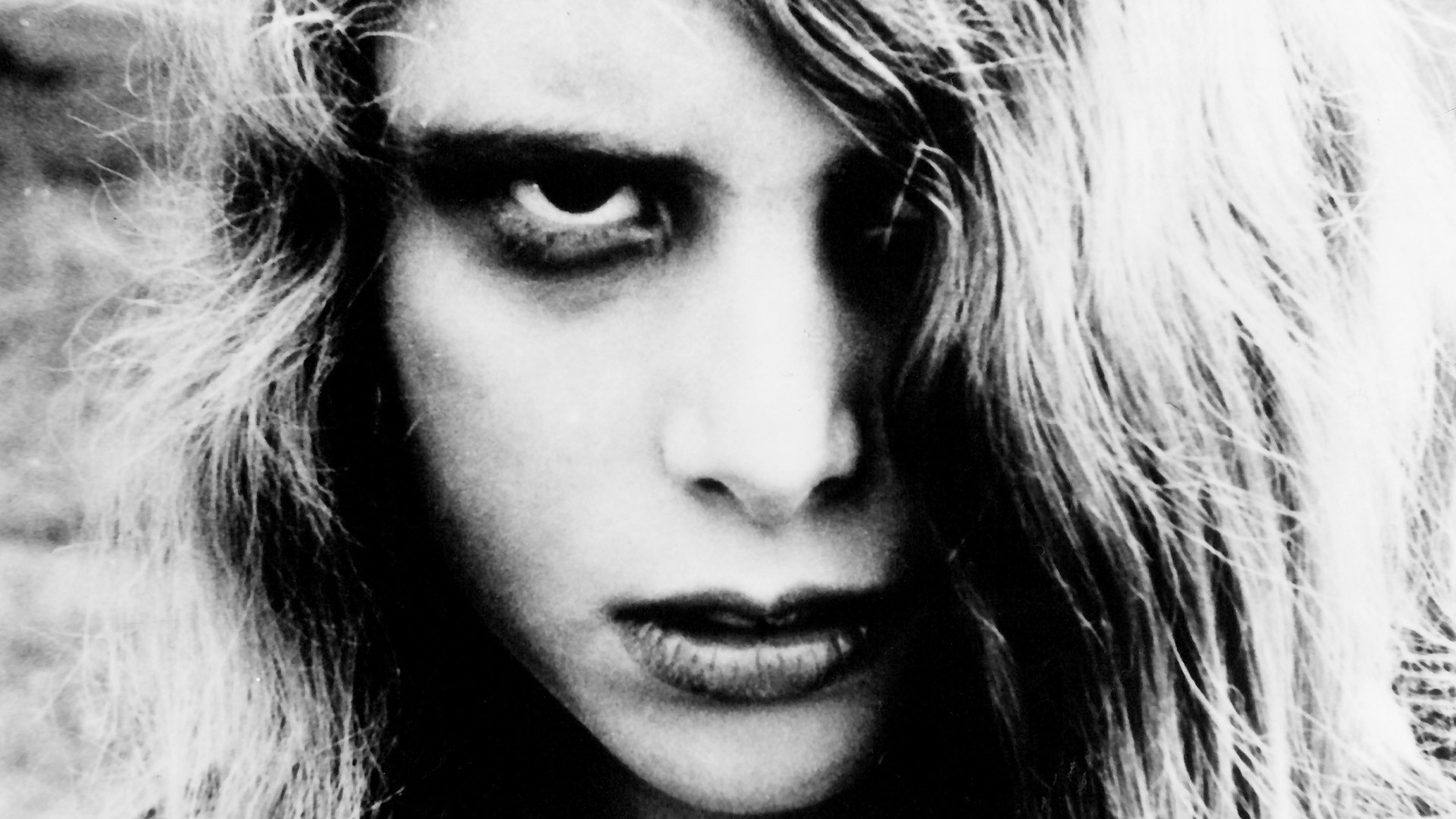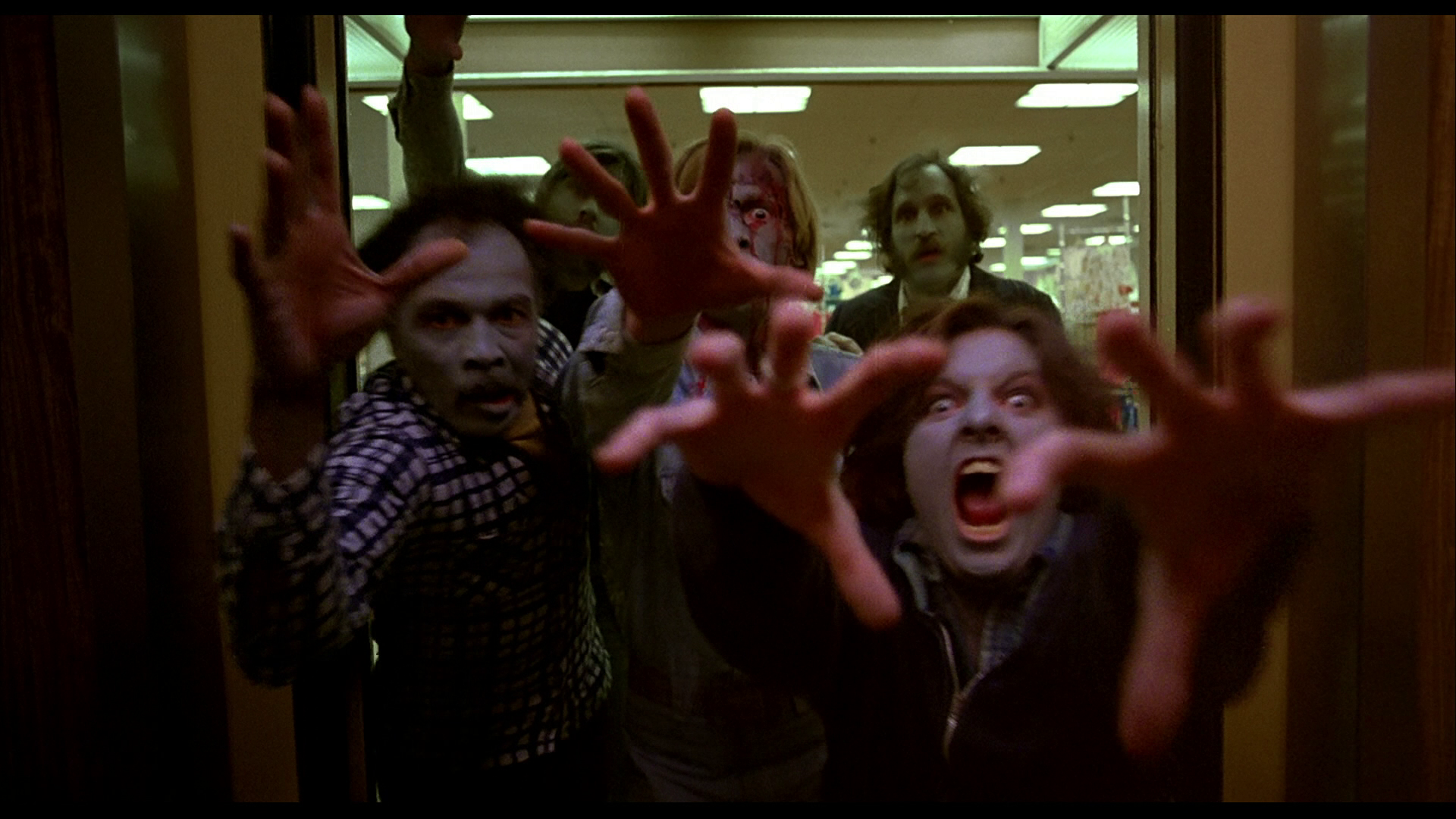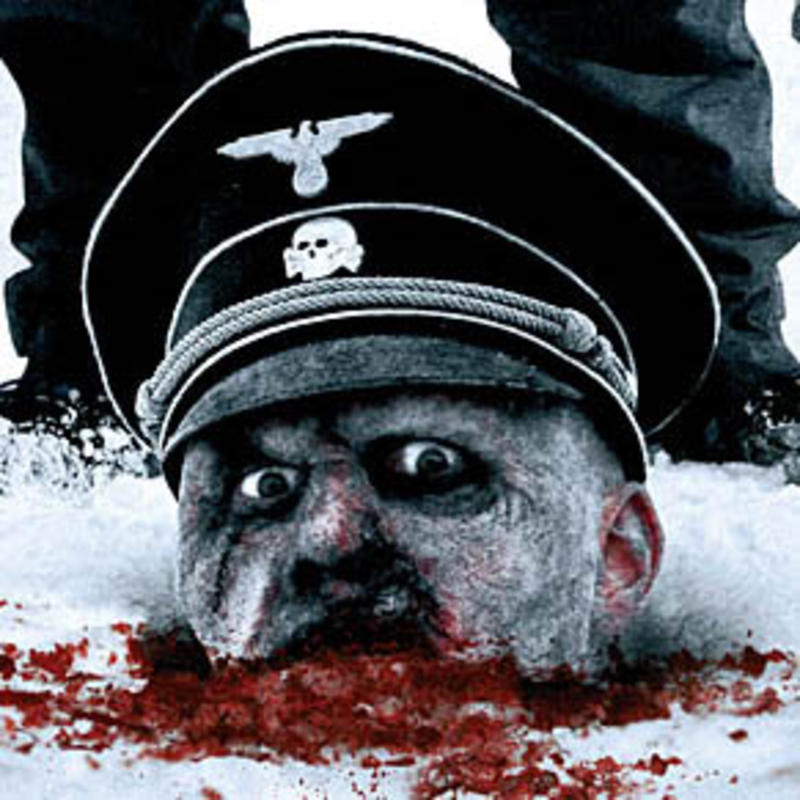We didn’t want to let Black History Month slip by without recognizing the best black characters in horror. Obviously, this is actually a countdown and podcast we could have done at any time, but any particular excuse to talk about William Marshall must be taken!
Regardless of the (far too often proven) cliche that the token black character in any horror film is simply the first victim, there are many amazing characters and actors worth celebrating in this list. The all time kickass Pam Grier stars as a voodoo practitioner in Scream Blacula Scream (1973), Morgan Freeman brings his characteristic gravitas to the role of mentor cop and general smartypants in Seven (1995). Wesley Snipes combined vampire and badass in the Blade trilogy, as did Grace Jones in Vamp (1986) – and these are just a few of the candidates we will not be mentioning.
Nope, instead we present you with the five best black characters in horror.
5. Selena (Naomi Harris), 28 Days Later (2002)
When it outbreak comes – and you know it will – what you want on your team is a pharmacist (someone with some medical training) who is not afraid to use a machete. Naomi Harris was the brains and the backbone of the ragtag group of survivors in 28 Days Later. Without her, Cillian Murphy wouldn’t have made it.
The great Danny Boyle, working from a script by Alex Garland (who wrote and directed the magnificent Ex Machina last year), upended a lot of expectations, giving us tenderness in the form of the great Brendan Gleeson, and a vulnerability in the newly-acquainted-with-the-apocalypse Murphy, but the brains and the bravery are Selena’s. That isn’t to say the realities of gender inequality disappear during the apocalypse – Nope! But this is a really uncommon character in a horror film: a strong, black female survivor.
4. Peter (Ken Foree), Dawn of the Dead (1978)
When George Romero returned to his zombie apocalypse in 1978 – nearly a decade after he’d rewritten the zombie code with Night of the Living Dead – he upped the ante in terms of onscreen gore, but there were some pieces of the formula he wasn’t ready to let go of.
Two members of SWAT join their newsman buddy and his producer girlfriend, take off in a helicopter, land at a mall, and set up house while that whole zombie thing blows over. Ken Foree and Scott Reiniger as the buddies from SWAT create the most effective moments, whether character-driven tension or zombie-driven action. While the leads were flat and bland, Foree not only delivers the film’s strongest performance, but Peter is the most compelling character and the one you’re least willing to see go.
3. Candyman/Daniel Robitaille (Tony Todd), Candyman (1992)
Oh my God, that voice! Yes, Candyman is a bad dude, but isn’t he kind of dreamy?
Like a vampire, the villain of Cabrini Green needed to be both repellant and seductive for this storyline to work, and Todd more than managed both. With those bees in his mouth and that hook for a hand, he is effortlessly terrifying. But it’s Todd’s presence, his somehow soothing promise of pain and eternity, that makes the seduction of grad school researcher Helen (Virginia Madsen) realistic.
Clive Barker wrote the original story, and the racial tensions that run through the film are both intentional and required. Madsen’s raspy-voiced heroine offers a perfect counterpoint to Todd, both of them a blend of intelligent and sultry that make them more parallel than opposite.
Todd would go on to love again in the Candyman sequel Farewell to the Flesh, as well as star or co-star in countless other horror films, but it was the first time you hear that voice in this film that sealed his fate as an iconic horror villain.
2. Blacula/Mamuwalde (William Marshall), Blacula (1972)
Did someone mention awesome voices and onscreen presence? The great William Marshall is the picture of grace and elegance as Mamuwalde, the prince turned vampire.
The film is a cheaply made Blaxploitation classic, with all that entails. For every grimace-inducing moment (bats on strings, homophobic humor) there’s a moment of true genius, almost exclusively because of Marshall’s command of the screen and the character.
Though he’s often hampered by FX as well as writing, the character remained true throughout the film, even to his death. It’s the kind of moment that could be brushed aside, in a low budget flick with a lot of plot holes and silly make up. But there’s more to Blacula than meets the eye.
Blacula is a tragic antihero and it’s all but impossible to root against him. Marshall brought more dignity to the role of vampire than any actor has, and the strength and respectability he imbues in the character were not just revolutionary at the time, but were so pivotal to that particular character that he has become a legendary character in the genre.
1. Ben (Duane Jones), Night of the Living Dead (1968)
Over the years, much has been made of director George Romero’s assertion that Duane Jones’s casting in Night of the Living Dead had nothing to do with his color; Romero simply gave the role to the best actor.
Maybe so – and certainly Jones’s performance alone has a great deal to do with the success of the film – but casting a black male lead in this particular film at this particular juncture in American history is among the main reasons the film remains relevant and important today.
Jones plays Ben, the level-headed survivor holed up in a Pennsylvania farmhouse trying to wait out the zombipocalypse. Ben is the clear cut leader of this group of survivors, caring for the shell-shocked young white woman (Judith O’Dea), working in tandem with the young couple also hiding out, and engaging in a needless and ugly power struggle with that dick Mr. Cooper.
Jones’s performance is, as Romero points out, easily the strongest in the ensemble, and that work alone would have made the role and the film memorable. But it’s the kick to the gut documentary-style ending that not only marks the film’s sociological period, it is a horrifying reminder of all that has not changed in the world.





